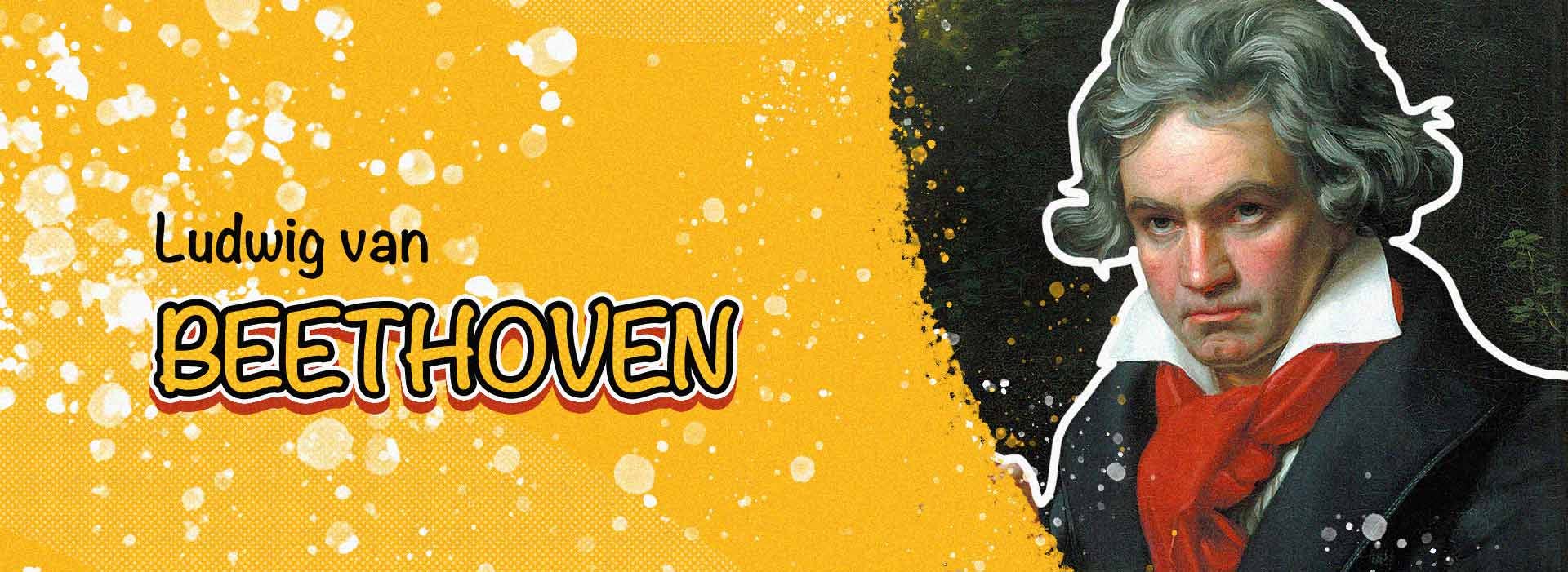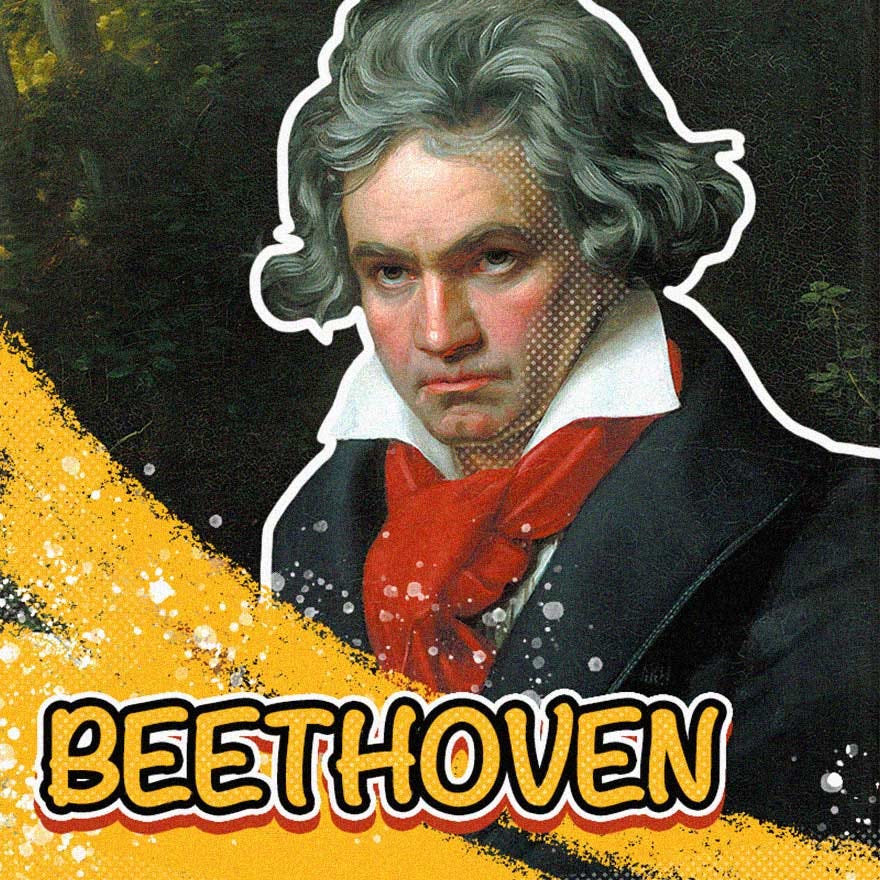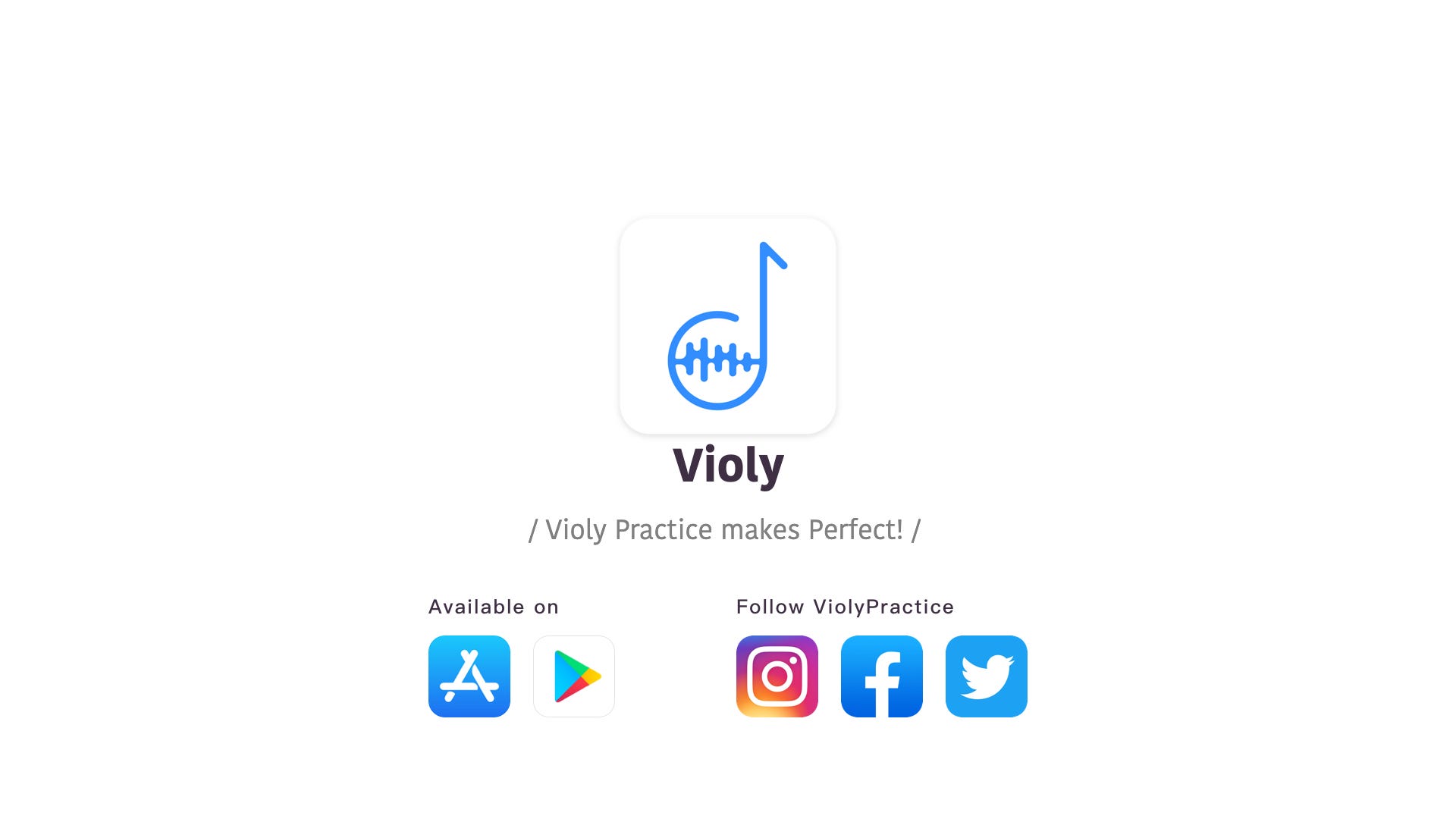Beethoven Album on Violin App
Hello, Violy violinists. Have you practiced happily, effectively and ‘violy’? In this article we will continue to go through the recently added “Albums” of violin repertoires on Violy — the best violin app. The repertoire we will discuss today is from Ludwig van Beethoven, who is considered to be one of the greatest composers of all time.

Violin Music Composer: Ludwig van Beethoven
Ludwig van Beethoven (17 December 1770–26 March 1827) was a German composer and pianist. He is a crucial figure in the transition between the classical and romantic eras in classical music and remains one of the most recognized and influential musicians of this period. Beethoven was born in Bonn, the capital of the Electorate of Cologne, and part of the Holy Roman Empire. He displayed his musical talents at an early age and was vigorously taught by his father Johann van Beethoven, and was later taught by composer and conductor Christian Gottlob Neefe. At age 21, he moved to Vienna and studied composition with Joseph Haydn. Beethoven’s legacy is characterized for his innovative compositions, namely through the combinations of vocals and instruments, and also for widening the scope of sonata, symphony, concerto, and quartet.
Ludwig van Beethoven’s Violin Composition
Beethoven composed in several musical genres and for a variety of instrument combinations. During his life, he composed nine symphonies, five piano concertos, one violin concerto, thirty-two piano sonatas, sixteen string quartets, two masses, and the opera Fidelio. Other works, like Für Elise, were discovered after his death, and are also considered historical musical achievements. Ode to Joy used by Beethoven in his Ninth Symphony may be one of the most well-known violin works among audience. His works with piano accompaniment include 10 violin sonatas, 5 cello sonatas, and a sonata for French horn, as well as numerous lieder. He also wrote a significant quantity of chamber music. In addition to 16 string quartets, he wrote five works for string quintet, seven for piano trio, five for string trio, and more than a dozen works for various combinations of wind instruments.

Violy Album Contents:
There are totally 14 pieces of music in the self-titled Album of Ludwig van Beethoven on Violy, including:
- Ecossaise in G | Allegro = 120
- Für Elise | Poco moto = 44
Bagatelle №25 in A minor, commonly known as Für Elise, is one of Ludwig van Beethoven’s most popular compositions. It was not published during his lifetime, only being discovered (by Ludwig Nohl) forty years after his death. The piece is in rondo form, A minor and 3/8 time. It begins with an A minor theme marked Poco moto (in some motion). The same motifs follow around C major and G major, before returning to the original theme. The B section is in the submediant major of F major, which concludes in 32nd note runs leading to a repeat of the A section. In the C section, an agitated theme in the subdominant key of D minor, is accompanied by repetitive chords with some dramatic diminished seventh chords. This section concludes with an ascending A minor arpeggio followed by a chromatic descent over two octaves, leading to another repeat of the A section.
- Gavotte | Andantino = 76
- Marmotte | Allegretto = 104
- Minuet | Allegretto = 104
- Ode to Joy | BPM = 100
Ode to Joy is an ode written in the summer of 1785 by German poet, playwright, and historian Friedrich Schiller and published the following year in Thalia. It is best known for its use by Ludwig van Beethoven in the final (fourth) movement of his Ninth Symphony, completed in 1824. Beethoven’s text is not based entirely on Schiller’s poem, and introduces a few new sections. His tune was adopted as the Anthem of Europe by the Council of Europe in 1972 and subsequently by the European Union. Over the years, Beethoven’s Ode to Joy has remained a protest anthem and a celebration of music.
- Romance in F Major | Adagio cantabile = 66
The Romance for Violin and Orchestra №2 in F major is the second of two such compositions by Ludwig van Beethoven. It was written in 1798 but not published until 1805 (by which time Beethoven had completed the other work, Romance №1 in G major, Op. 40). The accompaniment is for flute and a pair each of oboes, bassoons and horns, with strings. The length is about eight minutes, Beethoven gives the tempo “Adagio Cantabile”.
- Scherzo: Allegro (in C Major) | Allegro = 54
- Sonatina in G Major, Andantino | Andantino = 76
- Sonatina in G Major, Moderato | Moderato = 96
- Symphony №3 in E-flat Major (“Eroica”), I | Allegro con brio = 60
The Symphony №3 in E♭ major is a symphony in four movements by Ludwig van Beethoven. One of the composer’s most celebrated works, the Eroica symphony is a large-scale composition that marked the beginning of Beethoven’s creative middle-period. Composed mainly in 1803–1804, the work is grounded in the Classical symphonic tradition while also stretching boundaries of form, length, harmony, and perceived emotional and possibly cultural content. It has therefore widely been considered an important landmark in the transition between the Classical period and the Romantic era. The work is in four movements: Allegro con brio (12–18 min.) (E♭ major), Marcia funebre: Adagio assai (14–18 min.) (C minor), Scherzo: Allegro vivace (5–6 min.) (E♭ major) and Finale: Allegro molto (10–14 min.) (E♭ major).
- Symphony №5 in C Minor, I | Allegro con brio = 108
- Symphony №6 in F Major (Pastoral), I | Allegro ma non troppo = 66
- Symphony №7 in A Major, I | Vivace = 104
In this series of article, we will introduce you the music pieces of
Ludwig van Beethoven,
Felix Mendelssohn,
Pyotr Ilyich Tchaikovsky,
and finally, Dmitri Shostakovich.
Stay tuned, Violy musicians, let’s bring the music fashion of violin back~
Ref:
1: https://en.wikipedia.org/wiki/Ludwig_van_Beethoven
2: https://en.wikipedia.org/wiki/F%C3%BCr_Elise
3: https://en.wikipedia.org/wiki/Ode_to_Joy
4: https://en.wikipedia.org/wiki/Symphony_No._3_(Beethoven)
5: https://en.wikipedia.org/wiki/Violin_Romance_No._2_(Beethoven)
Have a HAPPY practice!!
More Violin Articles:
Teaching Violin Students to Read Key Signatures
Solfeges used in Violin Lessons
#ViolyPractice makes Perfect!!
Follow us on: Violy.app
